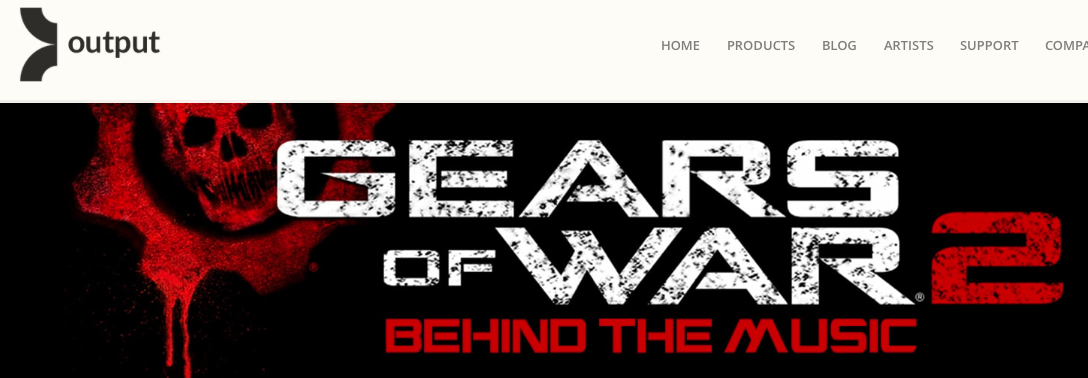The Valve team consisted of Tim Larkin, Mike Morasky, Bill Van Buren, and Kelly Thornton. While they each do have a job ‘title’ the team was quick to point out that in the Valve working environment, any of them could be working on any aspect of the audio at just about any time. The egalitarian atmosphere at Valve seems to inspire teamwork, creativity and a cooperative spirit, which was a touchpoint that the team often referred back to throughout the evening.
The team brought several video clips, mostly from Left 4 Dead 2, and discussed the challenges they faced in creating the audio for this title. From the beginning (when they started in on the 1st Left4Dead title) the team know that this would be, primarily, a co-op multiplayer campaign. Given the multiplayer aspect, they knew that the audio would fill up quickly with gunfire, explosions, zombie sounds and music at any given “horde” moment in the game.
Consequently, they followed with the idea that “every sound had to mean something”. There could be no incidental, meaningless bits of audio within the game: every sound had to have a purpose for existing. So every piece of dialogue, every zombie sound, and note of music, was going to be offering clues to the player. If you’ve played either Left 4 Dead 1 or 2, you will be familiar with the sounds and music as cues to the game play. In fact, Valve had done test with players playing with the sound off and with the sound on, and always, the players with the sound turned on would do better at the game. They did not want this to be a title where the player turned the sound/music off.
Tim Larkin showed diagrams of various scenes within the game with all of the placed “soundscape modules”. As players moved towards each of these modules, the soundscape placed there would become more prominent in the gameplay, again, usually offering clues to the player as to the correct direction to be moving in. Witnessing the sheer number of these “modules”, one begins to get an idea of the staggering amount of long thought, and hard work that has bee put into the game.
Mike Morasky spent some time discussing the types of music that they considered for the Left 4 Dead series. There were times (in both titles) where a traditional large orchestral score was considered. In fact, some orchestral music was created and attempted in their in house testing of the game, but Morasky confirmed that the orchestral approach “never felt right” in Left 4 Dead. This also lent to the minimalist audio ideas they’d been discussing, because had they used a ‘big orchestral score’ alongside the multiple weapon and zombies sounds, in any given ‘horde’ action during the game, they would have encountered a large zombie audio mess.
Morasky played several samples of the swamp-inspired, southern gothic, banjo/violin driven Left 4 Dead 2 score. It was also interesting that most of the cues were quite short, many not exceeding 15-20 seconds, and most cues being comprised of several loops of varying lengths that would play back randomly.
Kelly Thornton spoke in detail in regards to the weapon sounds, as this seems to be his specialty in the L4D series. His greatest challenge seemed to be in creating enough personality between weapons (again, giving more audio clues to the player, since all the players are using different weapons throughout the game) while also keeping enough ‘power’ behind each weapon that the players wouldn’t become jealous of each others “loud weapons”.
It was also interesting to hear the story of how Kelly arrived at Valve: he was the default audio guy with a mod team in 2002, and their team was invited to Valve to see what they could do. Valve left them alone to work (literally, left them a book about WW2 and left them alone in a room), and they proceeded to create great work. He’s been there ever since, and couldn’t be happier.
Not only was it an informative evening in regards to an audio approach to a game, but also in creating an egalitarian work philosophy that is conducive to both the creative process and a successful business. I’m sure that all creative personalities can deeply appreciate the working atmosphere that Valve has created within their studio walls.

